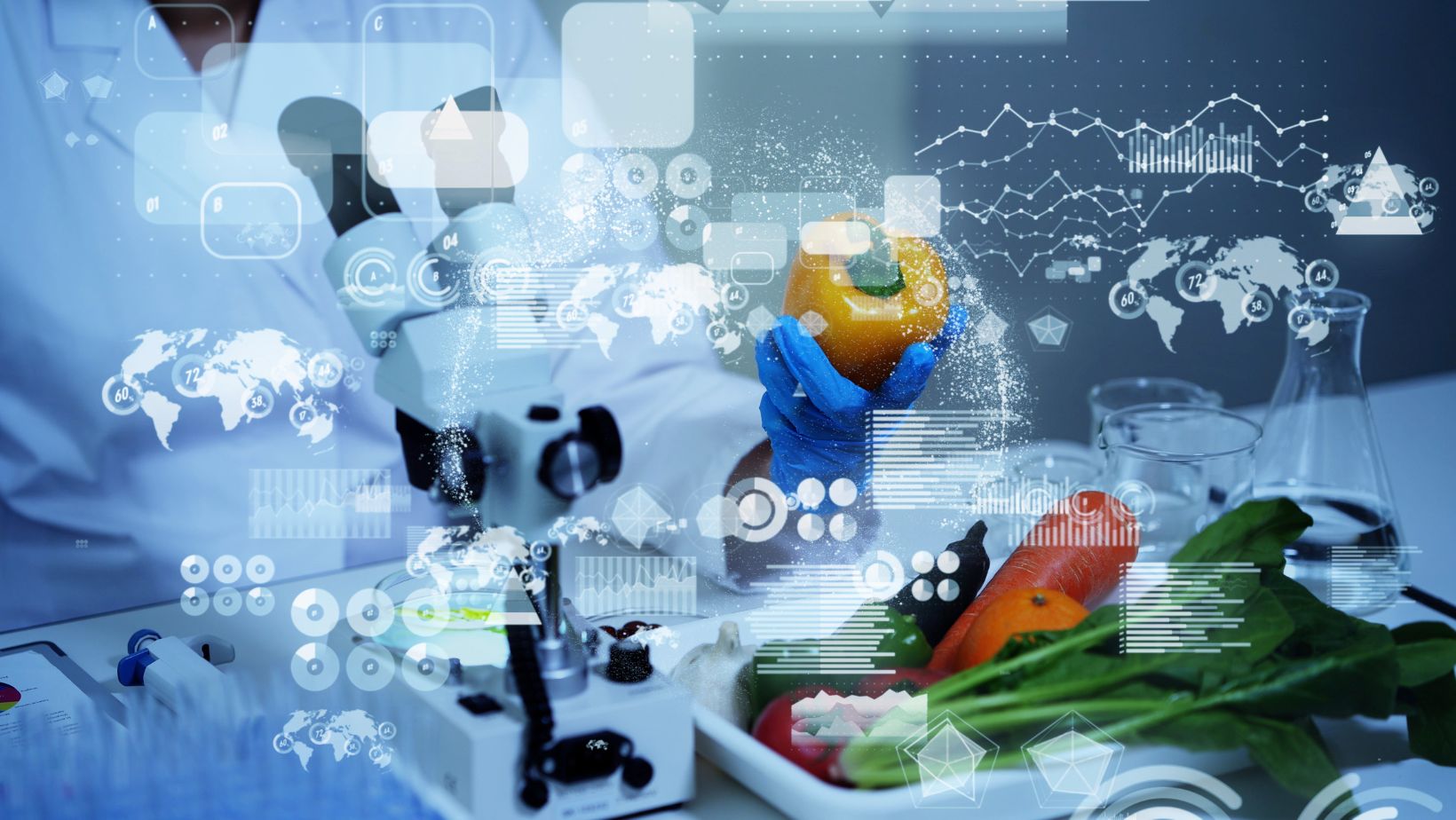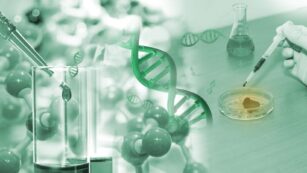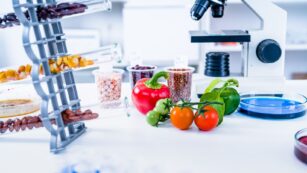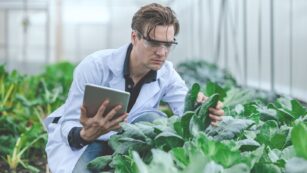
As the world evolves, so does the field of food science and technology, continuously reshaping the way we think about, produce, and consume our food. Innovations are emerging at a breakneck pace, driven by growing consumer demands for sustainability, health, and convenience. These advancements are not just changing the food industry; they’re revolutionizing it.
Trends in Food Science and Technology
Innovations in Food Safety
 Engagement in cutting-edge technologies marks a significant stride in enhancing food safety. The use of blockchain technology ensures traceability from farm to table, increasing transparency and trust. If a contamination occurs, pinpointing the source quickly minimizes health risks and financial losses. Additionally, real-time pathogen monitoring systems, utilizing sensors and AI, offer early detection of harmful bacteria such as Salmonella or E. coli. These systems not only reduce the incidence of foodborne illnesses but also limit the recall scope, protecting consumer health more efficiently.
Engagement in cutting-edge technologies marks a significant stride in enhancing food safety. The use of blockchain technology ensures traceability from farm to table, increasing transparency and trust. If a contamination occurs, pinpointing the source quickly minimizes health risks and financial losses. Additionally, real-time pathogen monitoring systems, utilizing sensors and AI, offer early detection of harmful bacteria such as Salmonella or E. coli. These systems not only reduce the incidence of foodborne illnesses but also limit the recall scope, protecting consumer health more efficiently.
Advancements in Food Preservation Techniques
Recent progress in food preservation techniques extends the shelf life of food products while maintaining their nutritional quality. High-pressure processing (HPP) and pulsed electric fields (PEF) exemplify such advancements. These methods use physical rather than chemical processes, preserving taste and nutrition without the need for additives. Foods treated with HPP or PEF retain their “freshly harvested” appeal longer, meeting consumer demand for less processed and preservative-free options. Moreover, the integration of smart packaging technologies—incorporating indicators for temperature and freshness—allows consumers to obtain information about food safety and quality instantaneously. This integration not only enhances consumer confidence but also supports waste reduction by better informing purchasing decisions.
Breakthroughs in Food Technology
Building on the momentum of recent advancements in food science, this section explores significant breakthroughs in technology that enhance both the production and structural integrity of food products. Innovations in smart packaging and automated processes play pivotal roles in shaping a more efficient and sustainable food industry.
Smart Packaging Solutions
 Smart packaging solutions incorporate advanced technologies to ensure food safety and extend shelf life without compromising the nutritional quality of food. Integrated sensors and indicators in packaging are capable of detecting changes in the environment inside the packaging, such as shifts in temperature or the presence of pathogens. These sensors can alert consumers and retailers to potential spoilage or contamination before it poses a health risk.
Smart packaging solutions incorporate advanced technologies to ensure food safety and extend shelf life without compromising the nutritional quality of food. Integrated sensors and indicators in packaging are capable of detecting changes in the environment inside the packaging, such as shifts in temperature or the presence of pathogens. These sensors can alert consumers and retailers to potential spoilage or contamination before it poses a health risk.
For instance, companies are embedding QR codes in packaging that allow consumers to access detailed information about the food’s origin, processing history, and recommended storage conditions. This level of transparency not only boosts consumer trust but also aids in the reduction of food waste, as products are handled more appropriately throughout their lifecycle.
Food Production Automation
Automation in food production is increasingly integral to the industry, driven by the need for higher efficiency and lower production costs. Robotics and AI-driven systems streamline operations from sorting raw materials to packaging finished products. These automated systems enhance precision and speed while reducing the likelihood of human error.
Robotic arms, for example, are used for repetitive tasks such as picking, packing, slicing, and dicing, ensuring consistency in food quality. AI algorithms optimize production lines by predicting maintenance needs and adjusting processes in real-time to avoid downtimes. Such technological integrations not only increase the throughput but also enable manufacturers to swiftly adapt to changes in consumer preferences and market demands.
Sustainable Practices in the Food Industry
 Embracing sustainability, the food industry integrates various eco-friendly production methods. Companies adopt biodegradable packaging solutions to reduce plastic waste. Biodegradable materials break down naturally, mitigating environmental pollution. Renewable energy sources power many production facilities, significantly lowering carbon footprints. Solar and wind energy replace conventional fossil fuels, promoting cleaner production processes. Additionally, water conservation techniques, like recirculating systems, optimize water use, preserving vital resources. These initiatives reflect a commitment to environmental stewardship, aligning with consumer expectations for sustainable practices.
Embracing sustainability, the food industry integrates various eco-friendly production methods. Companies adopt biodegradable packaging solutions to reduce plastic waste. Biodegradable materials break down naturally, mitigating environmental pollution. Renewable energy sources power many production facilities, significantly lowering carbon footprints. Solar and wind energy replace conventional fossil fuels, promoting cleaner production processes. Additionally, water conservation techniques, like recirculating systems, optimize water use, preserving vital resources. These initiatives reflect a commitment to environmental stewardship, aligning with consumer expectations for sustainable practices.
Impact of Technology on Nutrition and Health
The landscape of food science and technology is transforming how we approach nutrition and health. Innovations are not only meeting consumer expectations but are setting new standards for safety and sustainability in the food industry. As technology continues to evolve, the potential for further enhancing food quality and accessibility looks promising. These advancements are crucial in a world where the demand for efficient, sustainable, and health-conscious food solutions is ever-increasing.


